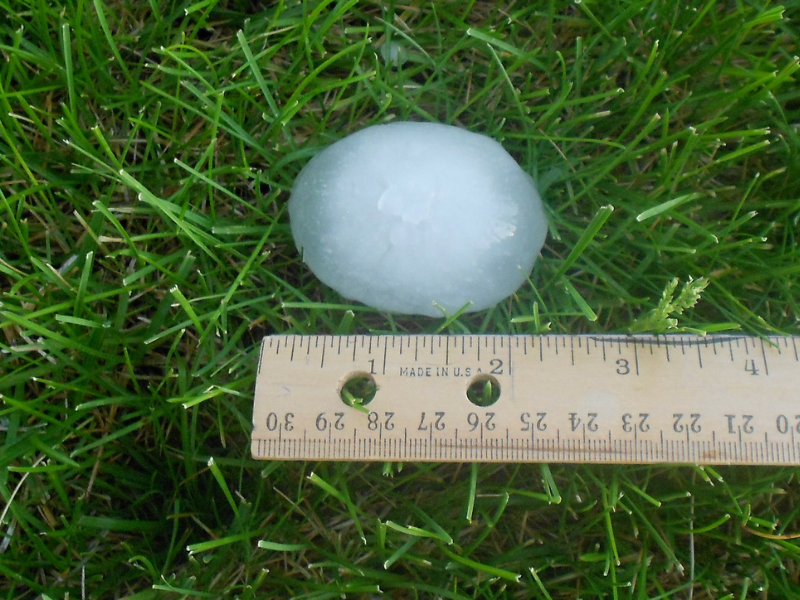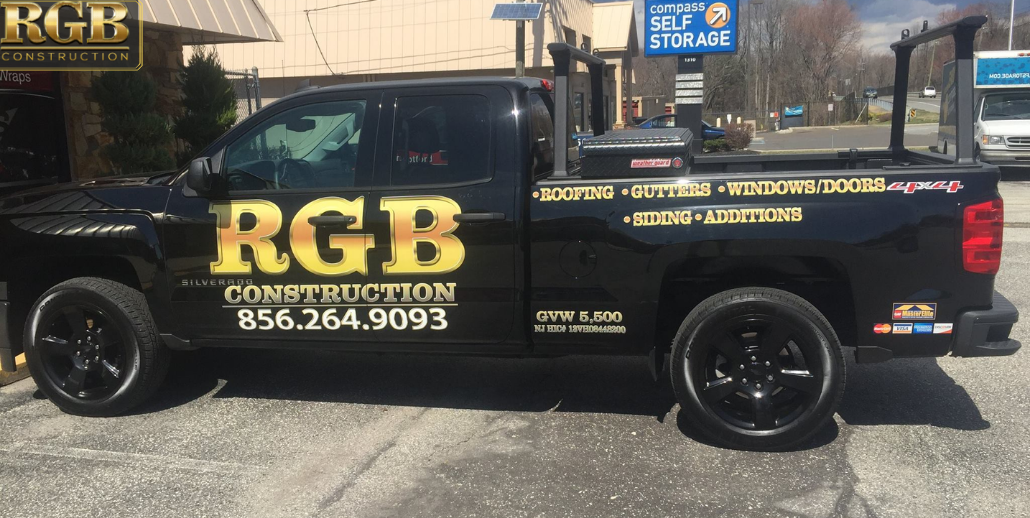Between 2000 and 2019, hail caused between in damages each year. In 2020 alone, there were more than 4,600 hailstorms across the country. Interestingly, hail damage accounts for as much as 40 percent of all insurance claims in the country. This type of weather can damage your vehicle, outdoor furnishings, windows, and more, but it can be particularly damaging to your roof depending on the type of hail that falls, according to RGB Construction, the roofing experts.
What Is Hail?
Before understanding how hail can cause damage to your roof, it is helpful to understand what exactly causes hail. When raindrops are carried upward by a thunderstorm, they enter into extremely cold atmospheric temperatures, causing them to freeze. As water continues to collide, layers of ice form on the surface of what eventually becomes a hailstone. As the hailstone grows heavier, the storm can eventually no longer support its weight, causing it to drop to the ground. According to a licensed roofing company, smaller hailstones may not reach the ground as they are sometimes blown away from the updraft where they dissipate.
Damage Caused By Hailstones
Hailstones can cause significant damage, especially if the storm that creates them contains strong winds. As the stones fall, wind can catch them, causing them to fly into windows or siding, leading to considerable damage. Hail can also cause damage to your roof, breaking shingles, tile, or wood shake. Hail damage roofing contractors have also had to replace sections of the metal roof after hail caused significant dents.
Smaller Hail
Hail that is around a quarter of an inch often called “pea-size” usually occurs in a mild thunderstorm and only lasts for a few minutes before it becomes heavy rain. Your roof can handle this type of hail relatively easily, although if you already have damage on your roof, hail could make this damage worse. Half-inch hail, known as “marble size,” can be a bit more damaging. However, as a licensed roofing company will explain, if your roof is healthy, it should be able to withstand marble size hail.
Medium Hail
In a severe thunderstorm, it is possible you could see three-quarter to one-inch sized hail, known as “dime” or “quarter” size hail. This size of hail can cause damage to your roof by cracking or denting the exterior surface. If you experience dime or quarter-sized hail, it is critical that you contact hail damage roofing contractors as soon as possible for an inspection. It is possible that the damage is minor enough that it can be repaired easily. However, if you ignore the damage, it could lead to exacerbated problems down the road, making the repairs far more costly.
Large Hail
Although large hail is not as common as small and medium hail, it is possible in a strong storm. Large hail can range from two to five inches, often known as “golf ball” sized hail. This type of hail is extremely dangerous and can cause serious damage. If your roof experiences hail this large, it is likely that you have extensive damage. Not only could the outer layer of your roof be impacted, but it is also likely that hail this large will damage the underlayment as well. There have been instances when large hail has actually put holes through the shingles and the underlayment. After a storm that creates large hailstones, it is critical that you reach out to the experts at RGB. Construction for a thorough roof inspection.
How To Recognize Hail Damage
Although it is best to contact hail damage roofing contractors to thoroughly assess the damage caused by a hailstorm, there are some ways you may be able to recognize damage on your own.
Some of the things you should look for when determining if hail has damaged your roof include:
- Cracks – hail can crack your shingles which could lead to tears and bare spots on your roof.
- Fiberglass mat exposure – a shattered shingle could cause it to break away from the fiberglass matting below it.
- Fiberglass mat fracture – can result in tears and cracks. This type of damage is often missed by the untrained eye which is why you need to contact a licensed roofing company experienced with hail damage.
- Loss of granules – the granules on your asphalt shingles may be removed by hail, exposing the asphalt underneath to weather which may lead to premature aging of the shingle. Check downspouts and gutters for granules after a hailstorm.
- Weakened self-seal strip – the self-seal strip connects your shingle to the roof and, if it is weakened, could result in the loss of the shingle. This may expose a portion of your roof to the elements, leading to leaks as well as the failure of shingles that surround the damaged one.
Other Places To Look For Damage
There are other areas where you may be able to identify roof damage after a hailstorm. As mentioned, check your gutters and downspouts for evidence of granules that may have been lost. You will also want to check the metal for dents or other damage as hail that damages a roof could also damage downspouts or gutters. If your gutters are clogged after a hailstorm, it is possible you have roof damage as small parts of your roof could wash into the gutters, causing them to clog. In addition, you will want to check your siding and any decking as both of these can sustain damage in a hailstorm.
If you have experienced a hailstorm, even if the hail appears to be small, it is important to reach out to a roofing company to inspect your home for any possible damage. You can arrange for a no-obligation consultation with RGB Construction by filling out the easy form online or giving them a call at 856-264-9093. They have decades of experience helping homeowners just like you identify damage caused by hail and getting the repairs done quickly, efficiently, and affordably.









